Eating and exercising scientifically , avoiding alcohol and tobacco, and especially following treatment instructions are ways to control blood pressure in cold weather.
Cold weather is a disadvantage for people with high blood pressure, because low temperatures cause capillaries to constrict, causing blood pressure to suddenly increase, which can lead to stroke. Weather-related changes in blood pressure are more common in people over 65 years old. In addition, weight gain and lack of physical activity can also contribute to high blood pressure.
Here are ways to control blood pressure in cold weather:
Avoid drinking alcohol and beer
Do not mistake beer and wine for drinks that increase body temperature. On the contrary, beer and wine are one of the causes of high blood pressure, causing blood vessels to narrow, increasing the risk of arterial rupture. In addition, according to the Times of India, alcoholic beverages contain a lot of sugar and calories, which can lead to overweight and obesity, increasing blood pressure, reducing the effectiveness of antihypertensive drugs, and leading to other risks such as cirrhosis and damage to the nervous system if used excessively.
Keep your body warm
Cold weather can easily cause blood vessels in the body to contract, leading to a significant increase in blood pressure, causing blood pressure to suddenly increase. You need to keep your body warm, wear many layers of warm clothes, wear gloves, and socks to avoid heat loss, ensuring normal blood circulation.
Eat scientifically
Diet plays an important role in controlling blood pressure levels. Doctor Trinh Thi Thanh Ngan, Trung Vuong Hospital, Ho Chi Minh City, said that adults should maintain a low-salt diet of 5-6 grams of salt per day, and people with high blood pressure should eat as little as possible. Eat nutritious foods such as lean meat, chicken, fish, milk and soy products. Eat lots of green vegetables, fresh fruits, whole grains, oranges, tangerines, grapefruit and watermelon.
Limit foods high in fat and cholesterol (offal: heart, liver, brain, kidney). Foods high in salt such as pickles and processed foods are the culprits that cause sudden and rapid high blood pressure. Do not eat too much sugar, fat... which increases the body's ability to absorb and retain water, increasing the blood volume in the body.
Workout Mode
Regular and appropriate exercise is very important for people with high blood pressure, helping to improve the ability to resist cold and stabilize blood pressure. Choose gentle, moderate forms of exercise such as walking, yoga, tai chi and qigong. The American Heart Association recommends that everyone should maintain 150 minutes of moderate-intensity exercise per week.
Yoga exercises including breathing control techniques and meditation are effective in reducing stress. According to experts, meditation, breathing, and yoga exercises help reduce systolic and diastolic blood pressure in patients with hypertension.
When exercising, you should also choose a warm, sheltered place. Warm up thoroughly before exercising. You should not exercise outside early in the morning. When the weather is too cold or windy, you can do light exercise indoors.
No smoking
Hypertensive patients need to resolutely say no to cigarettes. Nicotine in cigarettes will cause blood pressure to increase rapidly leading to high blood pressure. You should also avoid places with cigarette smoke. Not smoking directly but inhaling smoke also significantly affects blood pressure.
Comply with treatment instructions
Patients need to comply with regular check-ups and take medication as prescribed by their doctor. Never stop taking medication or increase the dose or take other medications on your own.
Things to avoid
Avoid sudden changes in temperature, the body cannot adapt in time leading to stroke, myocardial infarction... If not necessary, avoid going out in the cold, especially at night. If there is no toilet in the house, you should get up early, wear enough warm clothes, open the door slowly to get used to the low temperature outside before going out.
Patients should not wake up too early because after a night of lying still in bed, the body often responds poorly to external changes, blood vessels are less elastic and blood circulation is poorer. Waking up too early and stepping out into the cold wind in the early morning can also cause high blood pressure. Many strokes or heart attacks in the morning have occurred in the elderly, people who have the habit of exercising early in the morning.
In the cold season, patients should not use a coal stove for heating because it can easily cause dangerous CO poisoning. You can use an air conditioner or a red light bulb to create a warm environment when working, exercising, or resting.
When experiencing symptoms such as fatigue, headache, dizziness, nausea, weakness in limbs, difficulty speaking, chest pain, loss of movement, transient loss of vision... you must immediately check your blood pressure to see if there is anything unusual, go to a medical facility for examination and timely treatment.
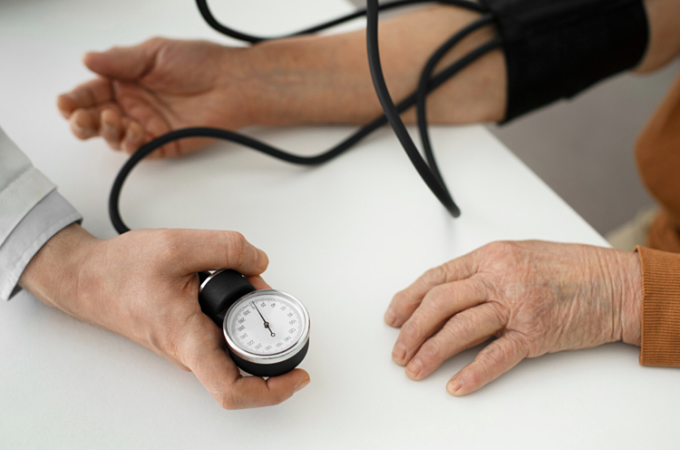
Control blood pressure to avoid high blood pressure because it can easily cause stroke. Photo: Freepik
How to measure blood pressure correctly
Nurse Hoang Thi Bich, Senior Officer Examination Department, 108 Military Central Hospital, said that regularly measuring blood pressure at home is to confirm whether it is increased and whether treatment is effective. However, monitoring blood pressure at home cannot replace regular visits to the doctor. Blood pressure monitors may also have some technical limitations. Therefore, you should bring your blood pressure monitor to see your doctor once a year to check its accuracy.
The American Heart Association does not recommend the use of blood pressure measuring devices on the wrist or finger because they can give unreliable results. The threshold for diagnosing hypertension varies slightly depending on the method of measurement. However, based on the value obtained after proper measurement, blood pressure is divided into levels, including:
Normal blood pressure: Systolic blood pressure < 130 mmHg and diastolic blood pressure < 85 mmHg.
Prehypertension: Systolic blood pressure 130-139 mmHg, diastolic blood pressure 85-89 mmHg.
Stage 1 hypertension: Systolic blood pressure 140-159 mmHg, diastolic blood pressure 90-99 mmHg.
Stage 2 hypertension: Systolic blood pressure ≥ 160 mmHg, diastolic blood pressure ≥100 mmHg.
Hypertensive crisis: Systolic blood pressure > 180 mmHg, diastolic blood pressure > 110 mmHg.
To get accurate blood pressure results, you must rest and relax for at least 5 minutes before measuring. Patients must not smoke or use stimulants; eat or exercise 30 minutes before measuring; should be in a quiet room and not talk during the measurement.
Choose the most comfortable position, either lying down or sitting. Sit with your back straight against the chair, feet flat on the floor, hands free, elbows relaxed at heart level. Wrap the blood pressure cuff 2-3 cm above the elbow, turn on the machine, wait and read the results.
For accurate results, measure at least twice a day, at least 5 minutes apart. If the difference between the two values is more than 10 mmHg, measure several more times with longer rest periods. Take the average of the last two measurements as the result.
You should measure your blood pressure at a fixed time of day, save the results for monitoring and consult your doctor about your condition.
Thuy Quynh
Source link


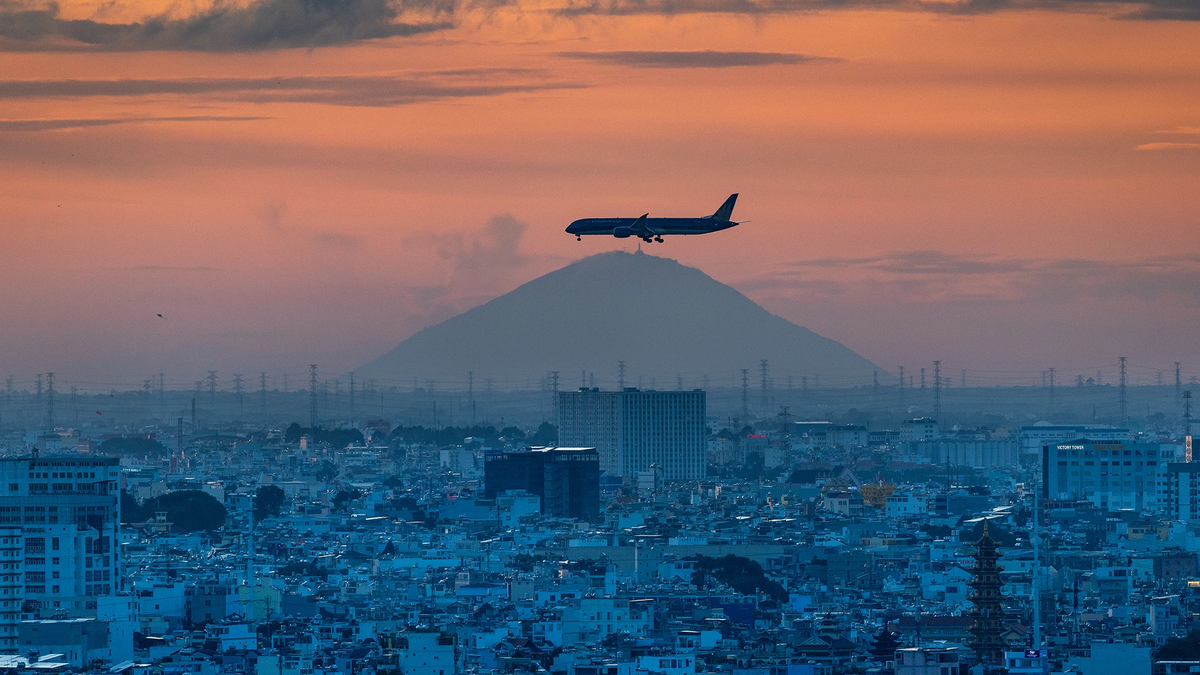
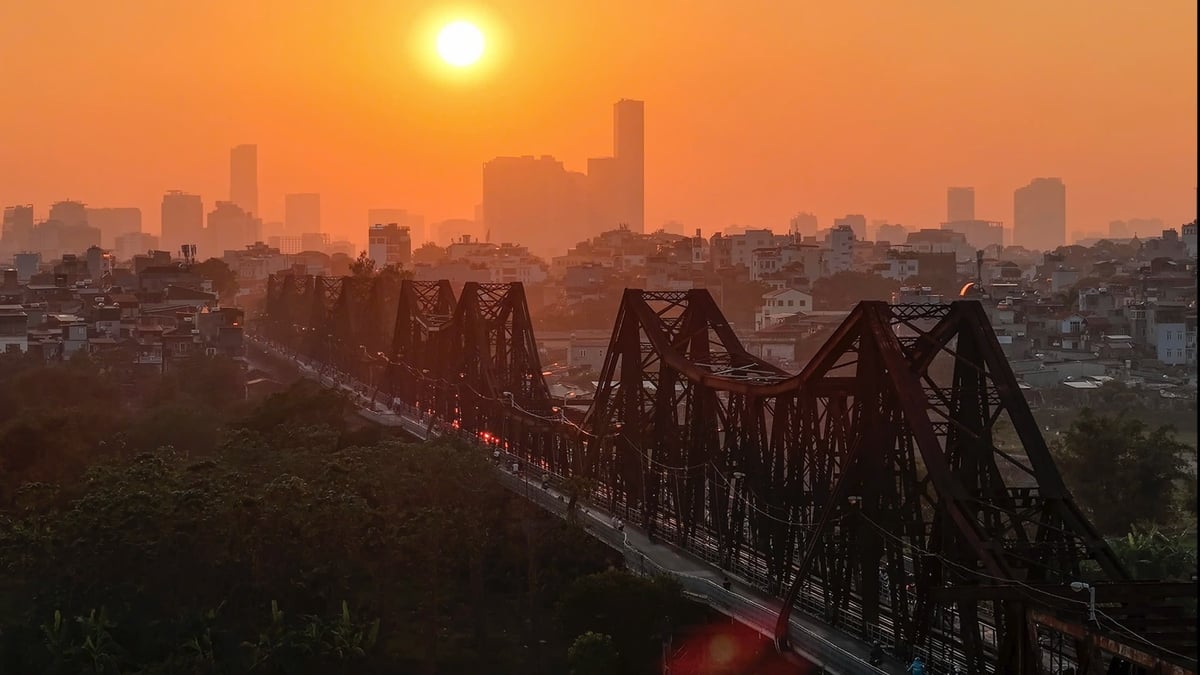






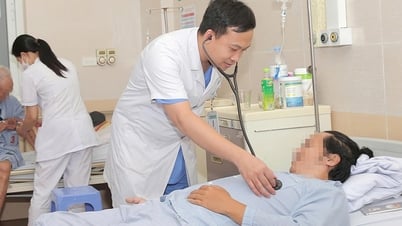

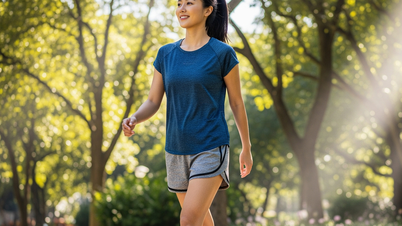
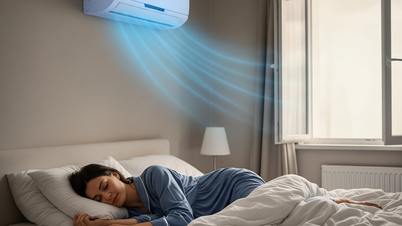
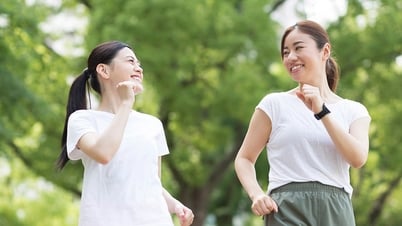

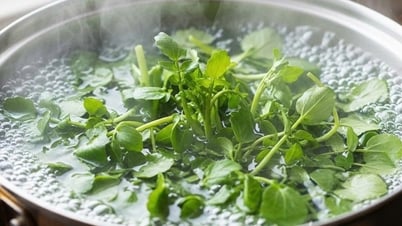
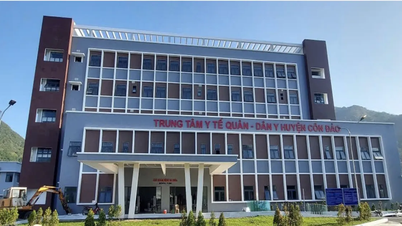

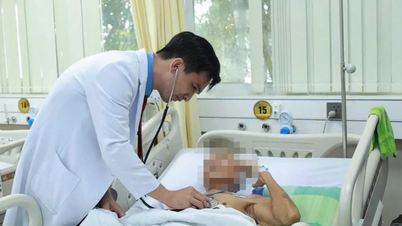
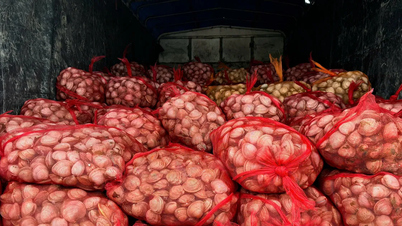
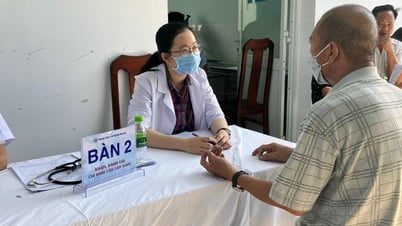

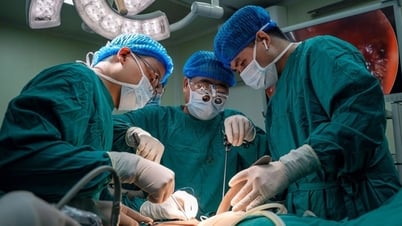













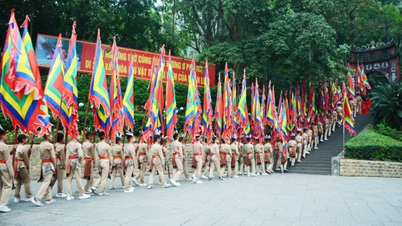









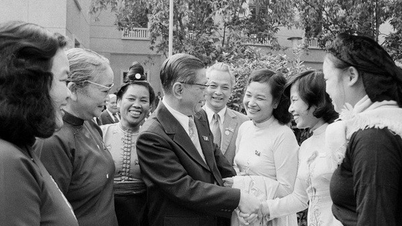





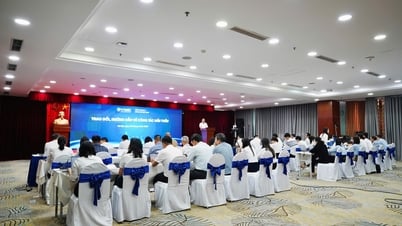




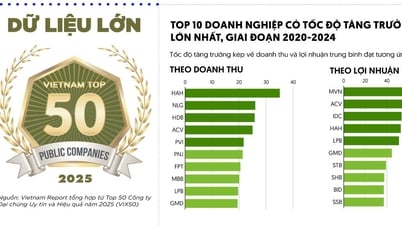



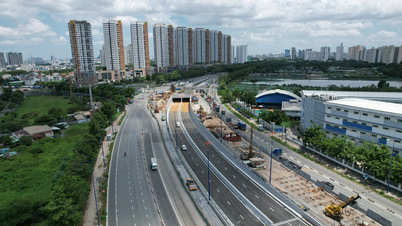






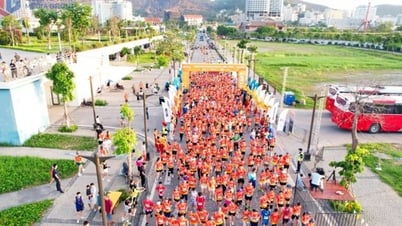






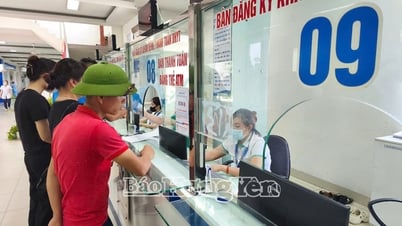



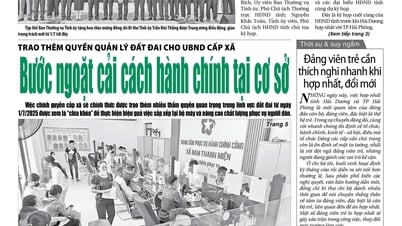

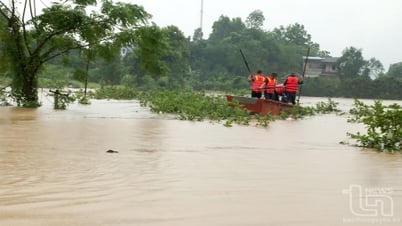





















Comment (0)